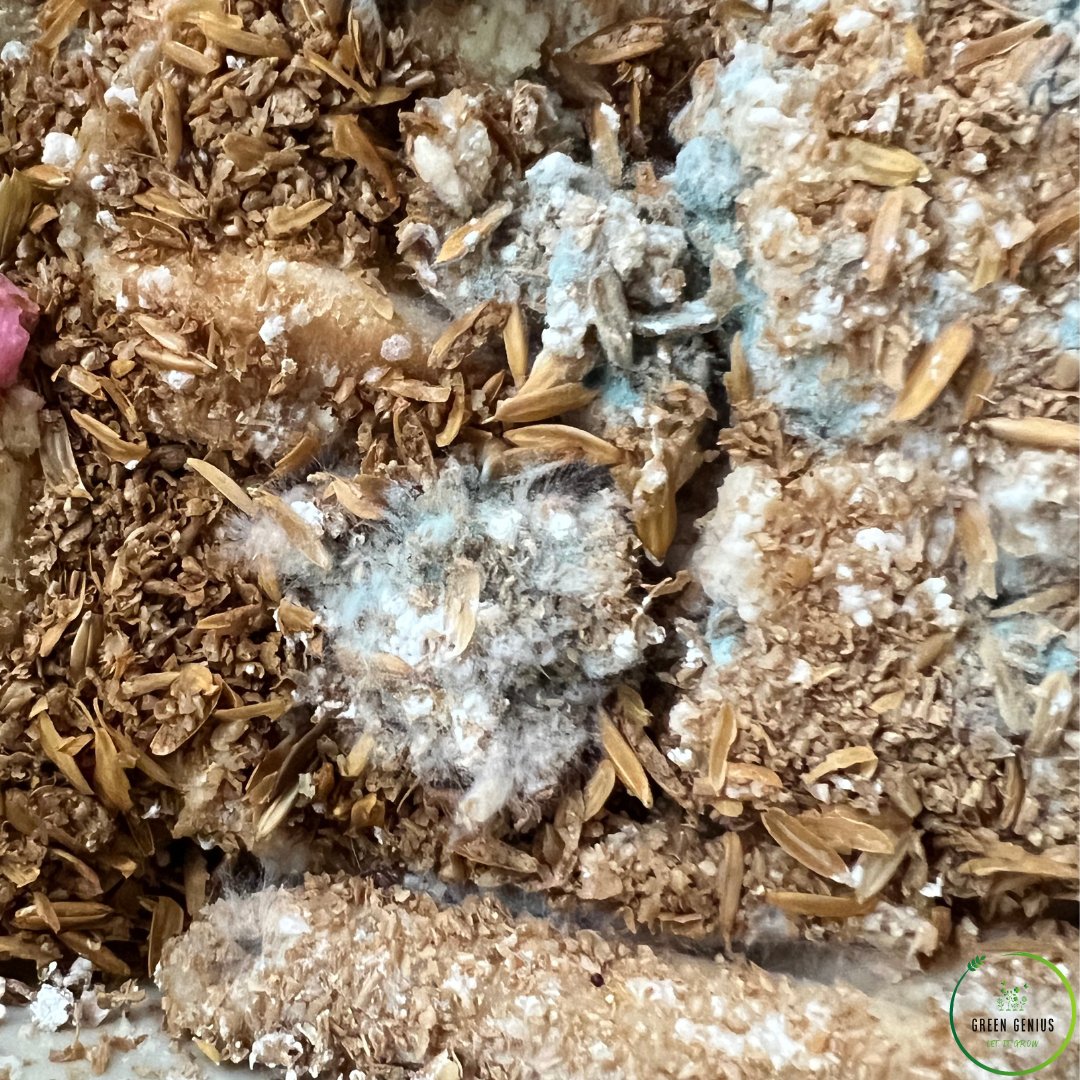Bokashi Composting Uncovered: A Game-Changer for Garden Health
Gardening enthusiasts know that healthy and vibrant garden beds are the heart of a flourishing outdoor space. However, over time, garden beds can become depleted of nutrients and lose their vitality. Instead of resorting to chemical fertilizers that might harm the environment, consider embracing an eco-friendly and sustainable solution - bokashi composting. In this blog, we'll explore the benefits of using bokashi to rejuvenate old garden beds and transform them into thriving havens of plant life.
1. Understanding Bokashi Composting:
Bokashi composting is a centuries-old Japanese method that involves fermenting organic waste using beneficial microorganisms. Unlike traditional composting, which relies on aerobic decomposition, bokashi is an anaerobic process. A mixture of kitchen scraps, including fruit and vegetable peels, coffee grounds, and even small amounts of meat and dairy, is layered with bokashi bran. The bran contains beneficial microbes that ferment the waste, breaking it down into nutrient-rich compost.
2. Benefits of Using Bokashi for Garden Beds:
a. Improved Soil Structure: Bokashi compost enriches the soil structure by increasing its water-holding capacity and drainage. This is crucial for the health of plants, as well-draining soil prevents root rot and allows for optimal nutrient absorption.
b. Increased Nutrient Availability: The fermentation process of bokashi not only preserves nutrients but also makes them more readily available to plants. This enhances their growth, flowering, and fruiting, resulting in a more productive garden.
c. Balanced pH Levels: Bokashi composting helps to balance the pH levels of the soil. This is particularly beneficial for plants that require specific pH conditions to thrive, as it creates an environment where they can access the nutrients they need without struggling against extreme pH levels.
d. Microbial Diversity: The microorganisms present in bokashi compost introduce a diverse array of beneficial bacteria and fungi to the soil. This promotes a healthy soil microbiome, which in turn supports plant health and increases their resistance to diseases and pests.
e. Reduced Waste: Bokashi composting provides an excellent solution for reducing kitchen waste. By diverting food scraps from landfills, you're not only contributing to a healthier garden but also making a positive impact on the environment.
3. How to Use Bokashi Compost in Old Soil:
a. Prep Your Beds Or Pots: Remove any weeds or debris from the old garden beds or pots. If the soil is compacted, consider loosening it to allow for better water penetration and root growth.
b. Apply Bokashi Compost: Spread a layer of bokashi compost over the garden bed, ensuring even coverage. Avoid placing it too close to the base of plants to prevent root burn.
c. Incorporation: Gently mix the bokashi compost into the soil using a garden fork or a shovel. This ensures that the nutrients are distributed throughout the bed and not just concentrated on the surface.
d. Watering: After incorporating the bokashi compost, water the garden bed thoroughly to help the beneficial microorganisms penetrate the soil and initiate nutrient release.
e. Mulching: Finish off by applying a layer of organic mulch to retain moisture and further enhance the soil structure.
Conclusion: Bokashi composting offers an innovative and sustainable approach to rejuvenating old garden beds. By enriching the soil with beneficial microorganisms and nutrient-rich organic matter, you can transform tired, depleted beds into thriving areas of growth. This method not only improves plant health but also reduces kitchen waste and supports a more eco-friendly gardening practice. So, why not give bokashi composting a try and witness the remarkable transformation in your garden's vitality?

